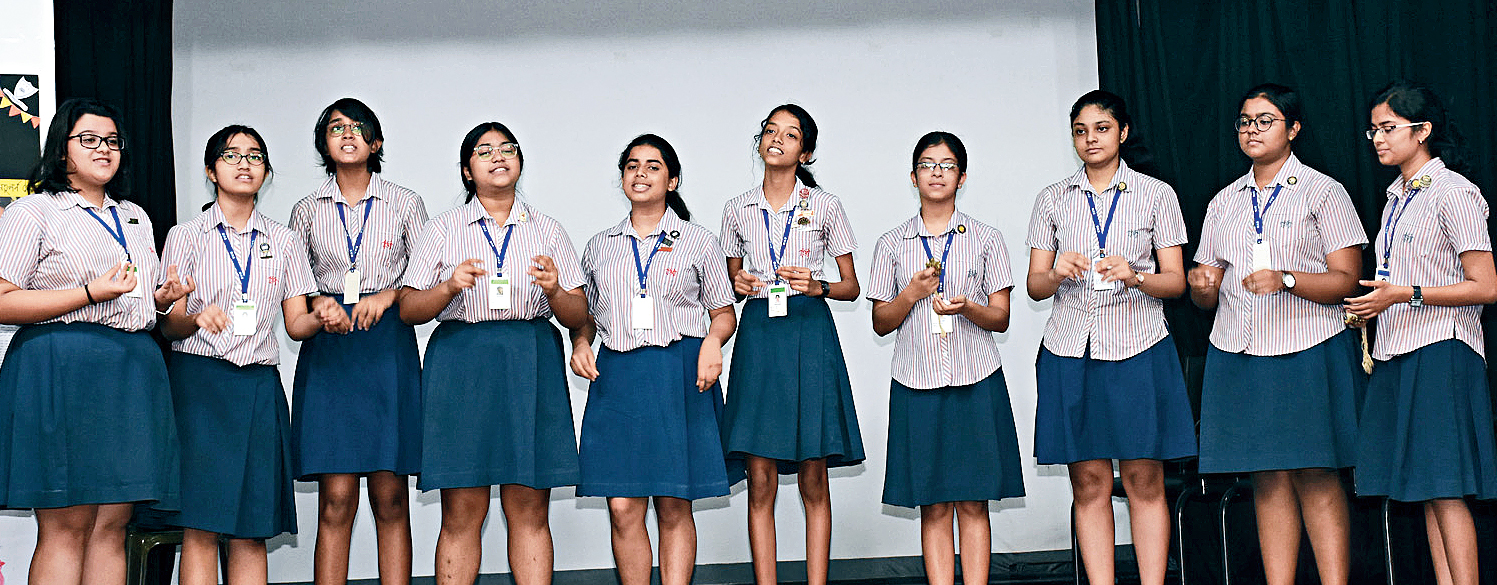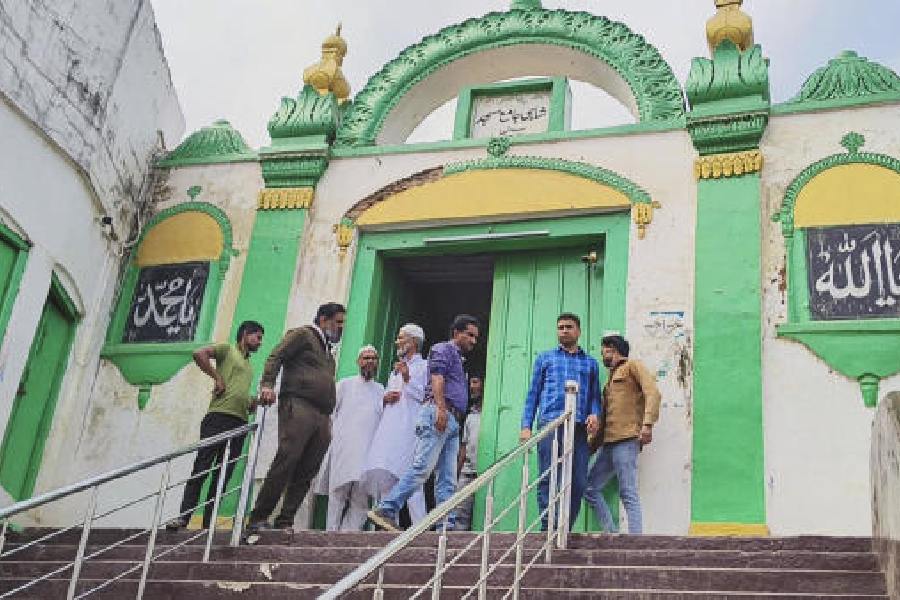Five young Avengers fans are drawing up a list of all the Bengali classics they must watch. Students of more than 20 English-medium schools in the city were shown Bengali films in class as part of an initiative to create interest in the language.
The theme of the film festival, in its third edition, was Shirshendu Mukhopadhyay.
Children got the opportunity to watch the reel versions of such classics as Manojder Adbhut Bari, Gosain Baganer Bhoot, Chhayamoy, Patalghar — all based on Mukhopadhyay’s works — as part of Iskule Bioscope. Each screening was followed by an adda.
The students shared their experiences and songs they composed inspired by the films they watched at the closing ceremony of the festival at the Birla Industrial and Technological Museum on Saturday.
Students of Class X at Modern High School for Girls watched Rituparno Ghosh’s Hirer Angti and the Class XII girls were shown Chhayamoy.
“Getting to watch such a wonderful film in between our hectic schedule was so relaxing,” said Aishi Banerjee, a Class X student of Modern High.
Sreeja Dastidar, a Class XII student of the school, would love more such experiences. “We composed a song that spoke of this desire to catch up on films in school hours,” she said.
Ayushman Saha, a Class III student of The Heritage School, is not allowed to watch too many films at home. But Gosain Baganer Bhoot turned him into a poet. “I have written a poem about a friendly ghost, inspired by the bhoot in the film,” he said.
Subha Das Mollick, the secretary of Bichitra Pathshala, spoke about how good films could be a turning point in many students’ lives. “After watching the film we chatted about the characters and their adventures in Bengali. Even we had to think like children. The students were asked to write about a character, like the third child (other than Habul and Tinni) in Hirer Angti who never spoke. Many named the boy and wrote from his perspective. We wanted students to learn with creative images,” said Mollick, who along with a team from Bichitra Pathshala conducted the sessions in schools.
From writing about friendly ghosts to rummaging one’s home and bringing an old object — students were given “homework” at the end of the screening.
“One boy brought back an old picture of his father when the latter was a child and up to mischief,” laughed Sharmistha Bhattacharya, the vice-president of Bichitra Pathshala.
A panel discussion at the closing ceremony had filmmaker Ashoke Viswanathan, music director of Hirer Angti Souvik Mitra, lead actor of Monojder Adbhut Baari Soham Maitra and Ayushi Banerjee, a student, discussing the relevance of Bengali films in education.
“I am happy that Bengali was the medium of the post-screening adda. Films should be part of the school syllabus,” Viswanathan said. The trailer of his biopic on Mukhopadhyay was also screened on the occasion.
Composer Mitra shared how it took Ghosh three years to make Hirer Angti and the obstacles he faced.
Shooting experiences and anecdotes kept a full auditorium at BITM engaged. “The third child in the film was the naughtiest of them all,” Mitra said.
Sauce Brand Communications, which organised the event, is already planning another film festival for students. “This time we covered over 5,000 students of different age groups,” said Kaushik Chakraborty, the director.
Other participating schools included La Martiniere for Boys, Loreto Day School Bowbazar, Indus Valley World School and Gokhale Memorial Girls’ School.










